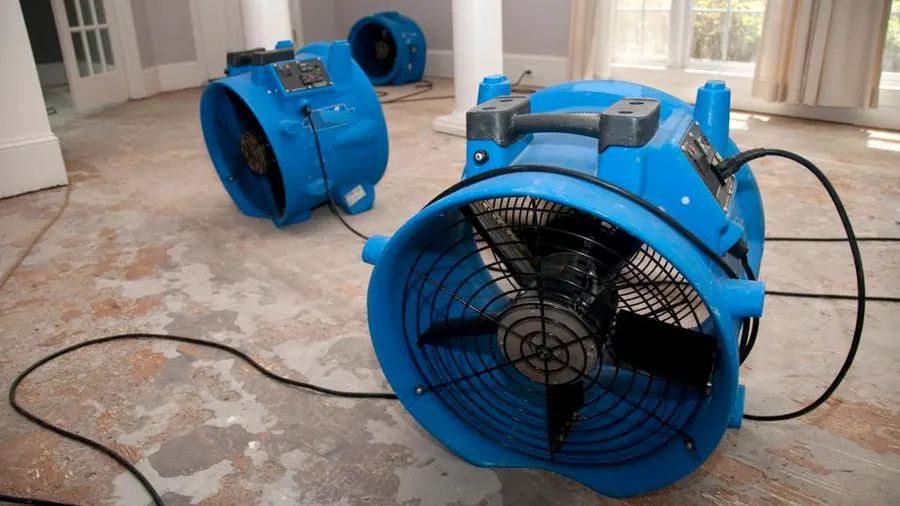Water damage can wreak havoc on homes and businesses, leading to significant structural and financial losses. When faced with water-related issues, it's essential to understand the difference between water mitigation and restoration to ensure prompt and effective action. In this comprehensive guide, we'll delve into the nuances of water mitigation and restoration, exploring their distinct roles, processes, and benefits.
Introduction
Water damage poses a serious threat to properties, causing extensive damage to structures and belongings. To combat this challenge effectively, it's crucial to grasp the fundamental disparities between water mitigation and restoration. While these terms are often used interchangeably, they encompass distinct processes aimed at addressing different aspects of water damage.
Understanding Water Mitigation
Water mitigation focuses on minimizing the initial damage caused by water intrusion. It involves swift action to prevent further harm and reduce the severity of the situation. During the mitigation process, professionals assess the extent of the damage, identify the source of water intrusion, and implement measures to contain and extract the water. Common mitigation techniques include water extraction, drying, dehumidification, and disinfection.
The Importance of Water Mitigation
Prompt water mitigation is critical in mitigating the impact of water damage and preventing secondary issues such as mold growth and structural deterioration. By addressing water damage early on, property owners can minimize repair costs, mitigate health risks, and expedite the restoration process. Moreover, effective mitigation measures can help preserve the integrity of the property and its contents, ensuring a faster return to normalcy.
Understanding Water Restoration
Water restoration follows the mitigation process and focuses on restoring the property to its pre-loss condition. Unlike mitigation, which primarily aims to minimize immediate damage, restoration involves comprehensive repairs and renovations to fully remediate the effects of water damage. This may include structural repairs, content restoration, mold remediation, and cosmetic enhancements to restore the property's functionality and aesthetics.
The Role of Water Restoration
Water restoration professionals play a crucial role in restoring properties affected by water damage. They possess the expertise and equipment necessary to assess the extent of the damage, develop a comprehensive restoration plan, and execute the necessary repairs and renovations. By employing specialized techniques and industry best practices, restoration experts ensure thorough and effective restoration, enabling property owners to reclaim their homes or businesses.
Key Differences Between Water Mitigation and Restoration
While water mitigation and restoration share the common goal of addressing water damage, they differ in scope, focus, and objectives.
- Scope: Water mitigation primarily deals with immediate damage control and prevention, while restoration encompasses comprehensive repairs and renovations.
- Focus: Mitigation focuses on minimizing further damage and preparing the property for restoration, whereas restoration centers on fully remedying the effects of water damage and restoring the property to its pre-loss condition.
- Objectives: The primary objective of mitigation is to reduce the severity of water damage and mitigate potential risks, while restoration aims to restore the property's functionality, safety, and aesthetics.
Benefits of Professional Water Mitigation and Restoration
Engaging professional water mitigation and restoration services offers several benefits, including:
- Expertise: Trained professionals possess the knowledge, skills, and experience to effectively mitigate water damage and restore properties to their original state.
- Efficiency: Professional mitigation and restoration services expedite the process, minimizing downtime and facilitating a faster return to normalcy.
- Comprehensive Solutions: Professional services offer comprehensive solutions, addressing all aspects of water damage and ensuring thorough remediation.
- Prevention of Secondary Damage: Prompt action helps prevent secondary issues such as mold growth, structural damage, and health hazards, minimizing long-term consequences.
- Peace of Mind: Knowing that trained professionals are handling the mitigation and restoration process provides peace of mind and assurance of quality results.
Conclusion
In conclusion, understanding the difference between water mitigation and restoration is essential for effectively addressing water damage incidents. While mitigation focuses on minimizing initial damage and preventing further harm, restoration involves comprehensive repairs and renovations to restore the property to its pre-loss condition. By recognizing the distinct roles and processes of mitigation and restoration, property owners can take timely and appropriate action to mitigate the impact of water damage and expedite the restoration process. Investing in professional mitigation and restoration services ensures thorough and effective remediation, safeguarding properties and restoring peace of mind for homeowners and businesses alike.


No comments yet